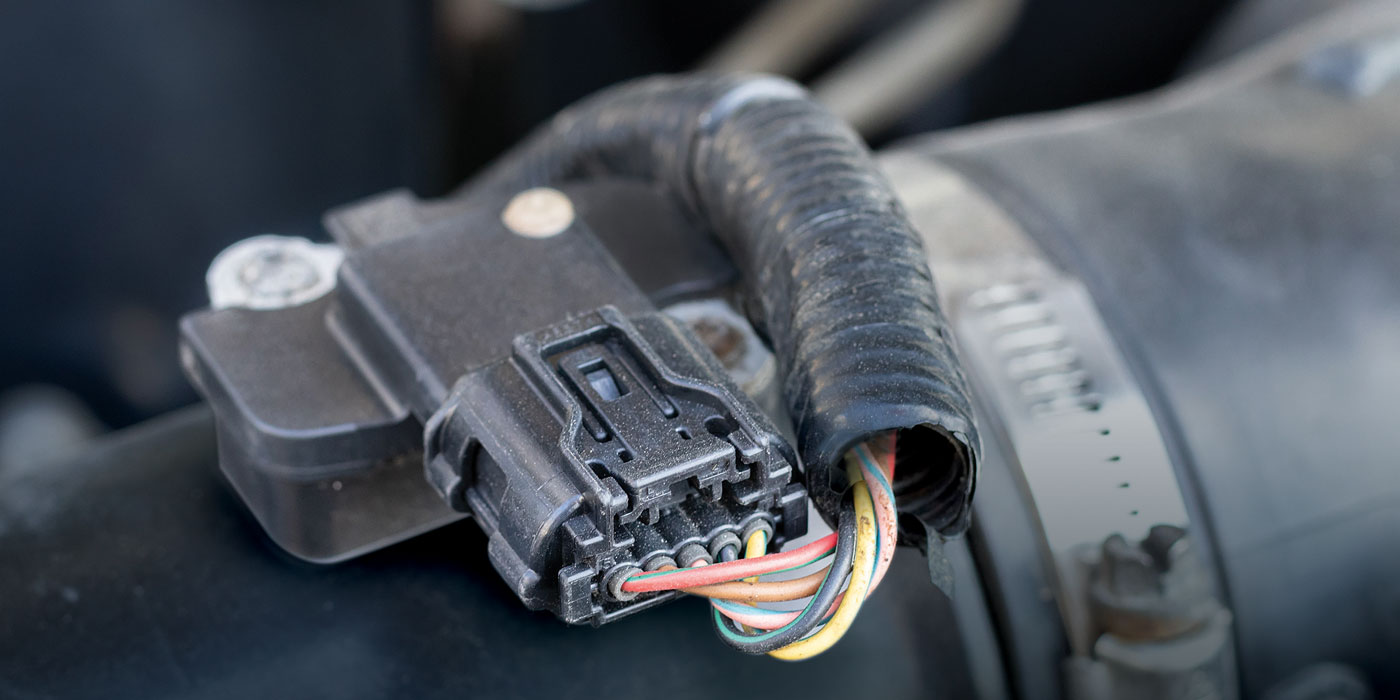LED lighting is a popular and profitable segment of the automotive aftermarket, and one that has become increasingly simple to sell and install. Traditional incandescent bulbs and halogen capsules have been the norm for nearly 100 years, and continue to represent the bulk of our lighting sales. But they have a few drawbacks, many of which are solved by the use of LED lighting.

Chances are, many appliances and devices in your home are already utilizing LED lighting. The chief reason for this shift is energy efficiency. Ninety percent of the energy used to produce incandescent lighting is wasted as heat, so unless you’re making cookies in an Easy-Bake oven, LEDs make a lot more sense than incandescent. In automotive applications, a reduction in electrical energy demand (even on a small load such as lamps) means better efficiency, and leaves more “room” for other electrical demands. It also allows for longer “key-on, engine-off” runtimes without draining the battery – a huge plus for emergency and utility vehicles.
Space is another consideration, especially in modern automotive applications. In comparison to incandescent bulbs, LEDs are more compact, allowing designers to illuminate an area with a tiny light source – or in the case of multiple LED arrays, create an intensely bright lamp assembly within a compact housing. LED lamps are popular upgrades for trailers and commercial vehicles, and are increasingly common as an OEM option for taillamps and daytime running lamps. Even emergency vehicles have widely adopted LED technology. It helps first responders be seen more easily and at longer distances, but it certainly makes those red and blue lights even scarier when you see them in your rearview mirror!
Most popular incandescent bulb numbers now are available in LED form, as well as many halogen headlamp and foglamp numbers. Their increased brightness is complemented by the high color rendering index (CRI) of LED lighting, which allows us to see things in their “true light.” Inside the cabin, LED solutions make for efficient dome, map and reading lamps that are easy on the eyes. Auxiliary lighting, increasingly popular on off-road-inspired trucks, also allows LED technology to shine its light well into the darkness.
We’ve all experienced the frustration of trying to catalogue a high-mounted stop lamp, only to realize the OEM lamp is actually an LED array, which requires replacement of the assembly rather than a single bulb. This may result in some sticker shock for your customers, but LEDs are much longer-lived than conventional bulbs, so these expenses are less frequent than with conventional lighting. Replacing conventional bulbs with their LED equivalents also is a matter of convenience to some customers. As a more reliable, long-life solution, LED lamps require less maintenance, and decrease the chances of your customer being stopped for a burned-out lamp by the folks with the red and blue LEDs on the roof.
For many of our customers, when they want to see (or be seen), LED lamps are the way to go. You can be sure that LED technology certainly has a bright future in the aftermarket.













